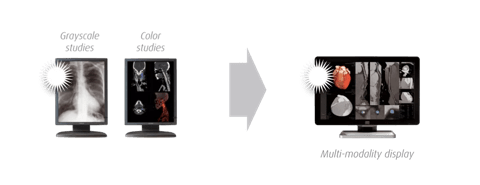Terug
- Alles-in-één beeldschermen
- Beeldschermen voor beeldvorming van de borst
- Beeldschermen voor klinische controle
- Medische oplossingen op maat
- Tandheelkundige beeldschermen
- Digitale pathologie-beeldschermen
- Software voor de gezondheidszorg
- Medische beeldschermcontrollers
- Radiologie-beeldschermen
- Chirurgische beeldschermen


